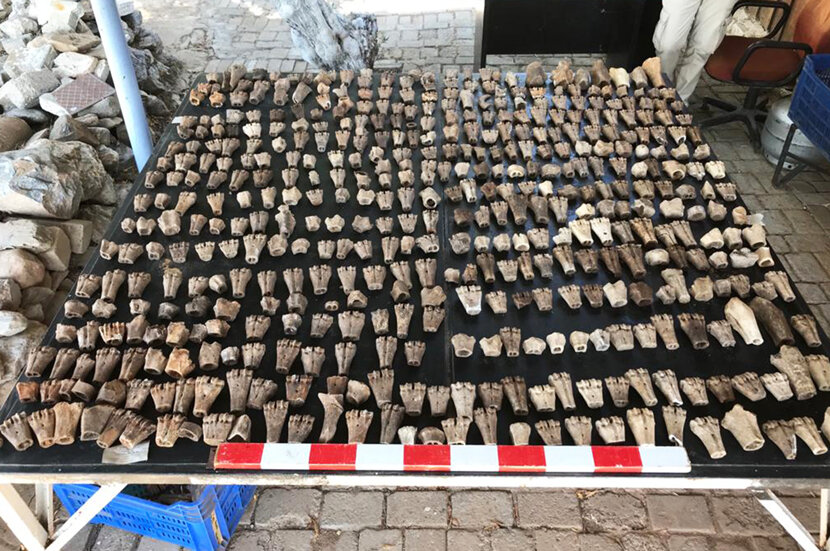
Researchers at the Wrocław University of Life Sciences have demonstrated that the breeding of small brachycephalic (short-muzzled) dogs occurred as far back as ancient Rome. Studies of the skull of a dog from 2 000 years ago indicate that it most resembled a French bulldog in appearance. The animal was treated well and was buried with humans, the university’s website reads.
The discovery of the remains of a dog with such anatomy brings a lot of valuable information. The morphology of the dog whose skeleton was found in the ruins of ancient Tralleis resembles that of the French bulldog, a modern companion dog. It was meant to accompany its handler, sharing a fairly comfortable life with him, rather than being a utility dog, as is known from the available Roman literature.
The animal was probably cared for not only during its life, but also after death. Examination of the skeleton has shown that the animal was treated exceptionally well, which distinguishes it from other uncovered remains of working dogs.









